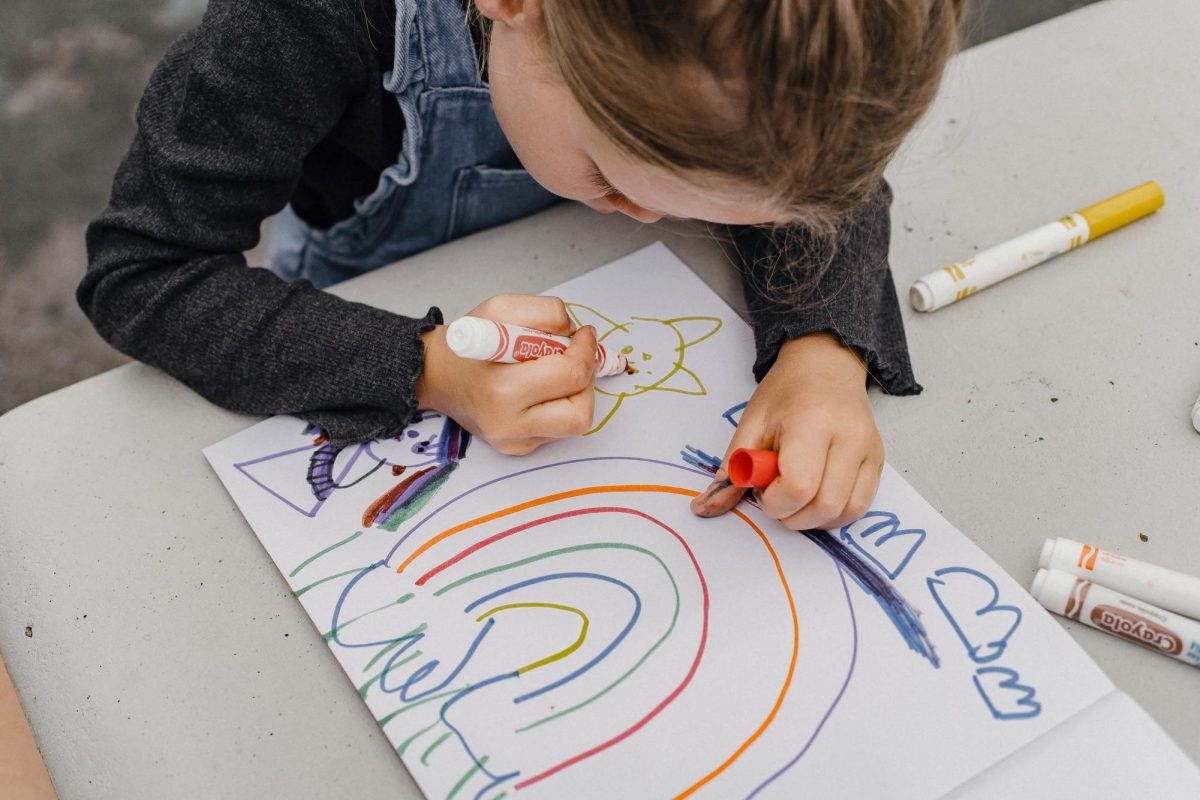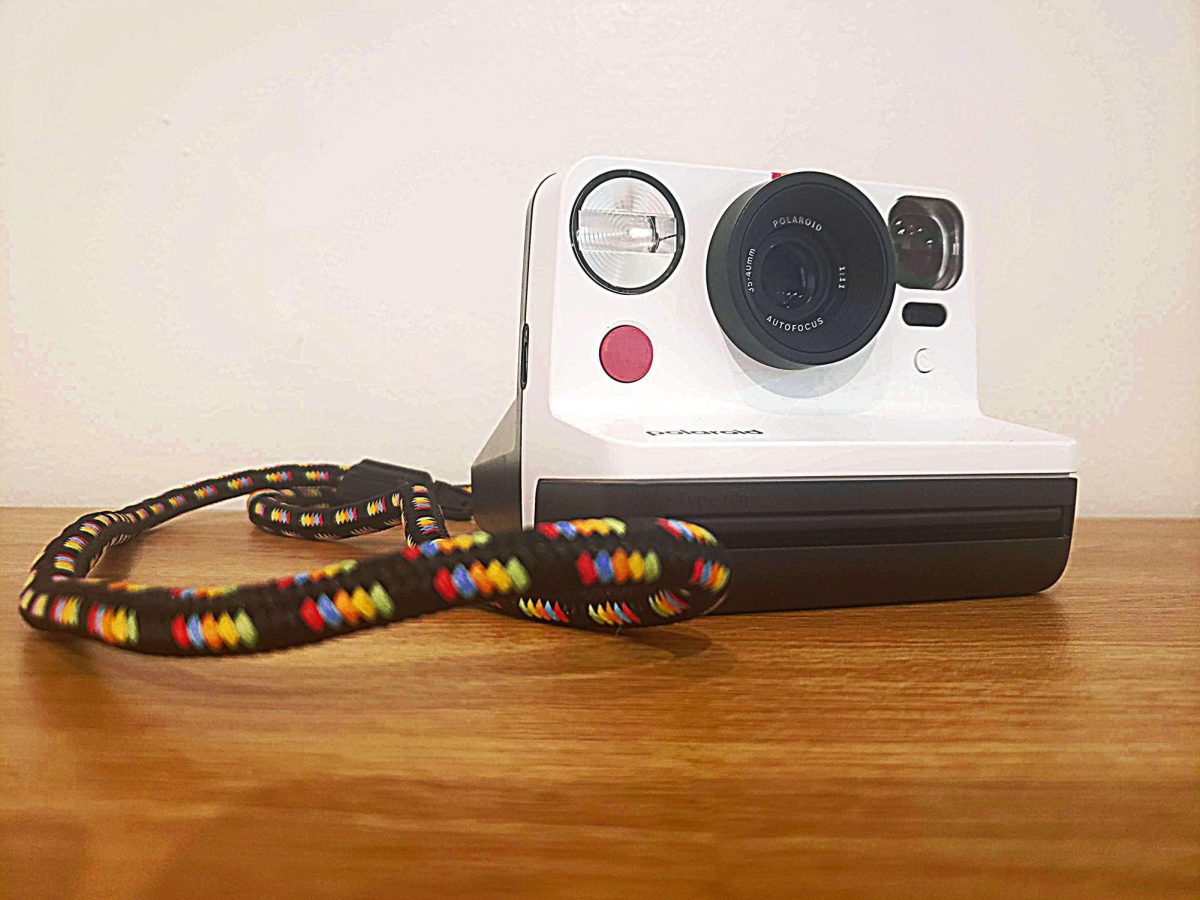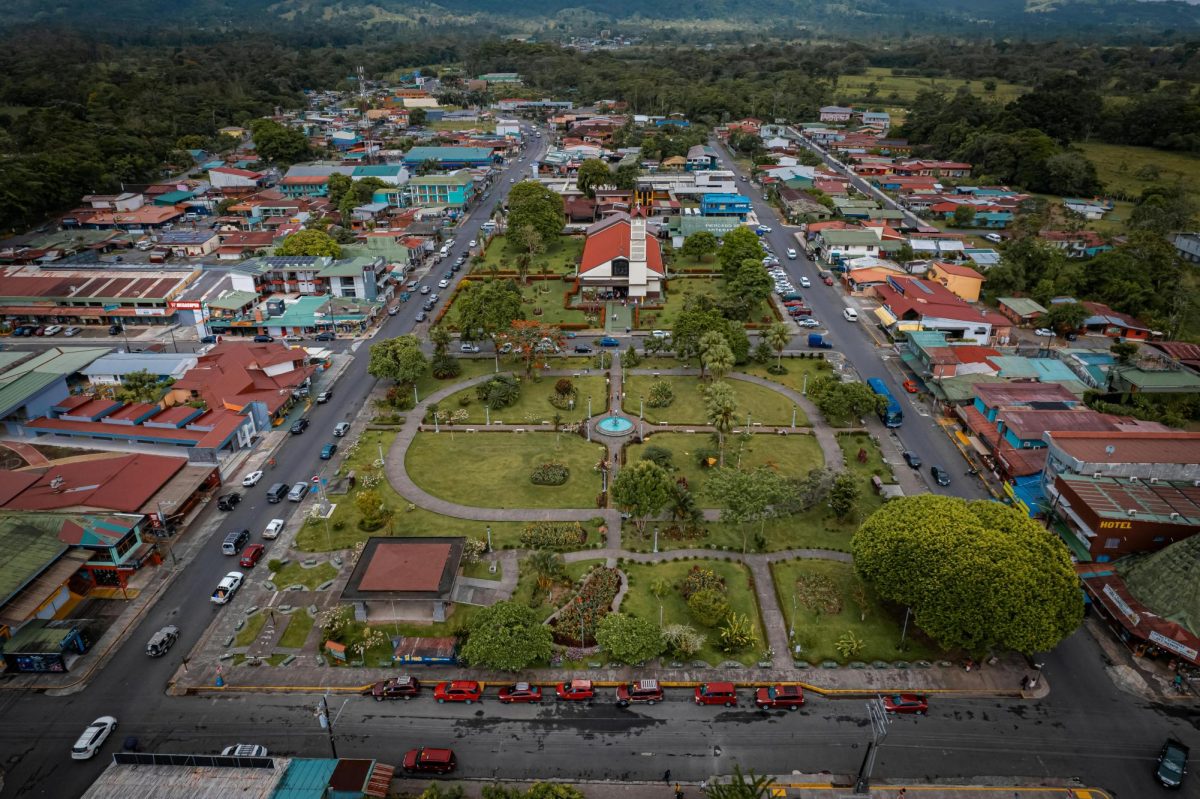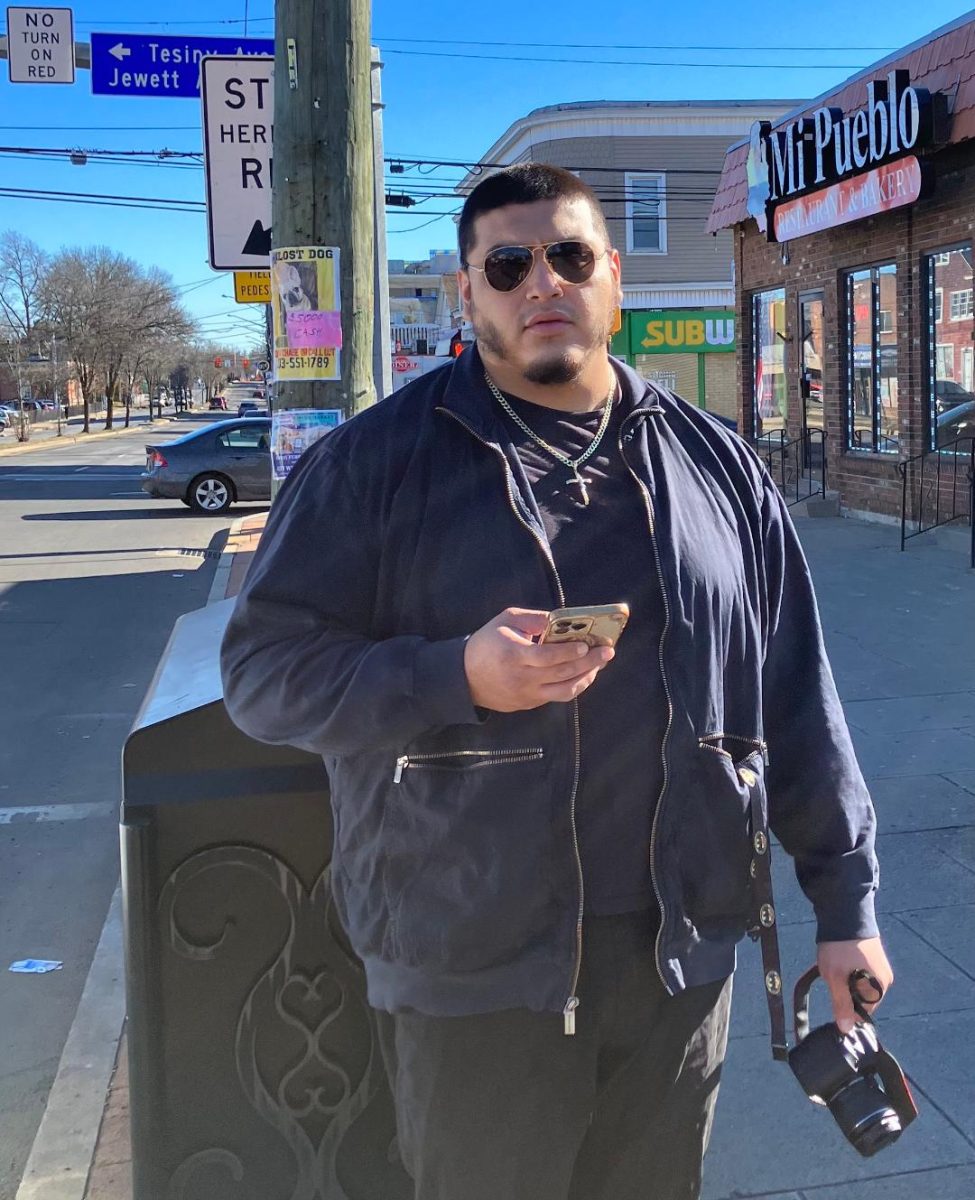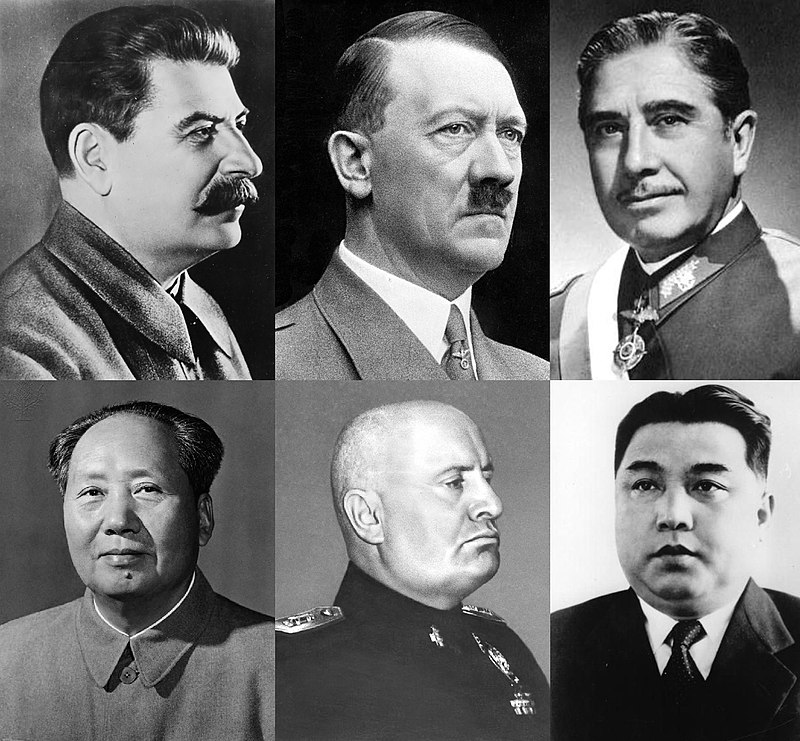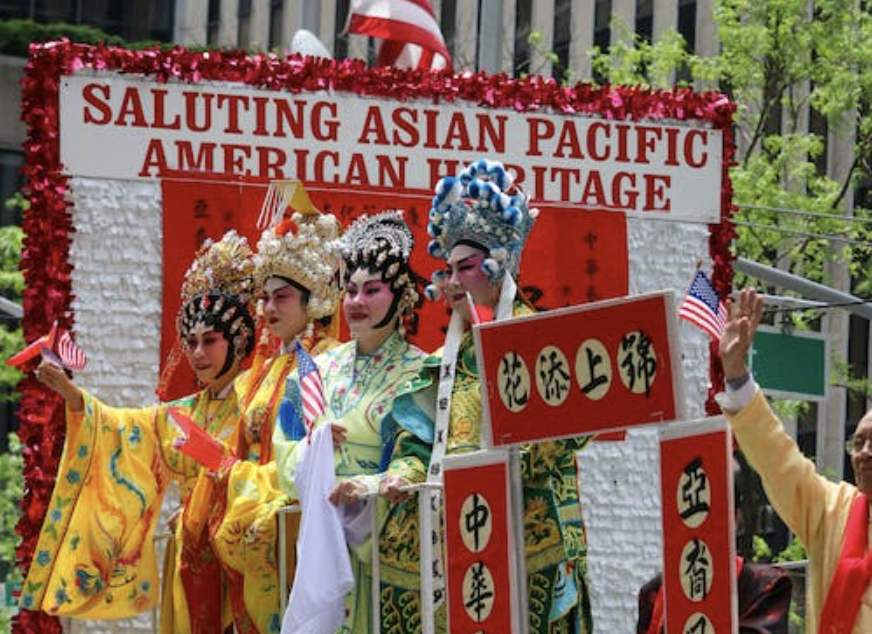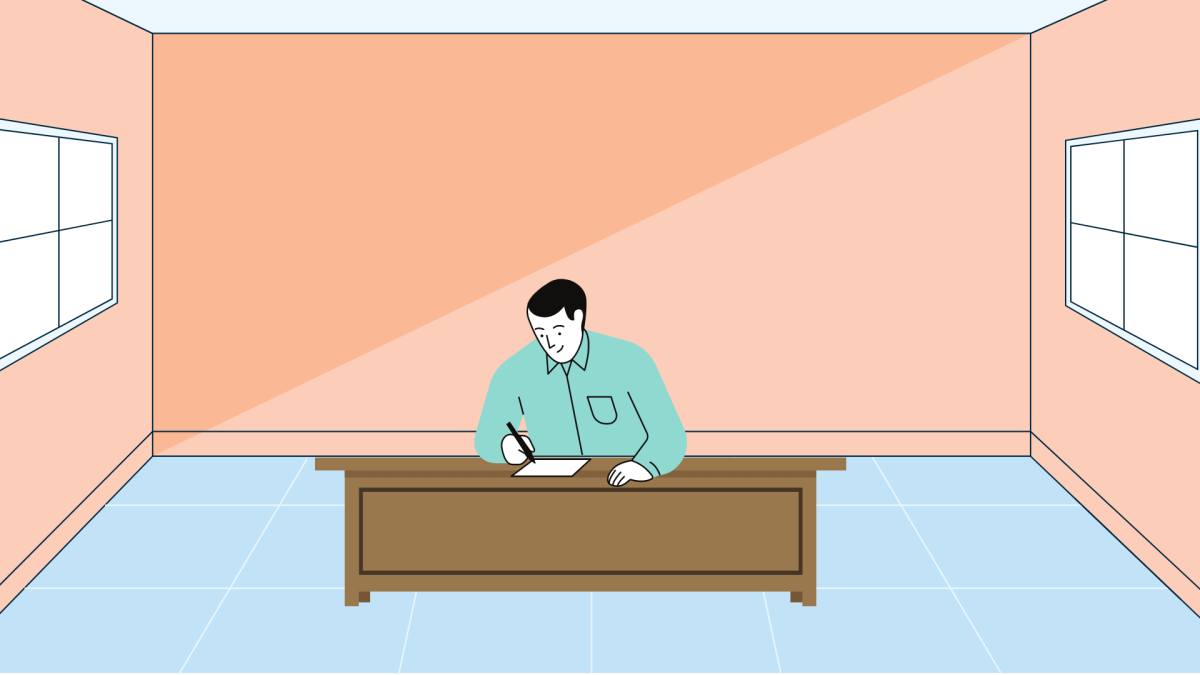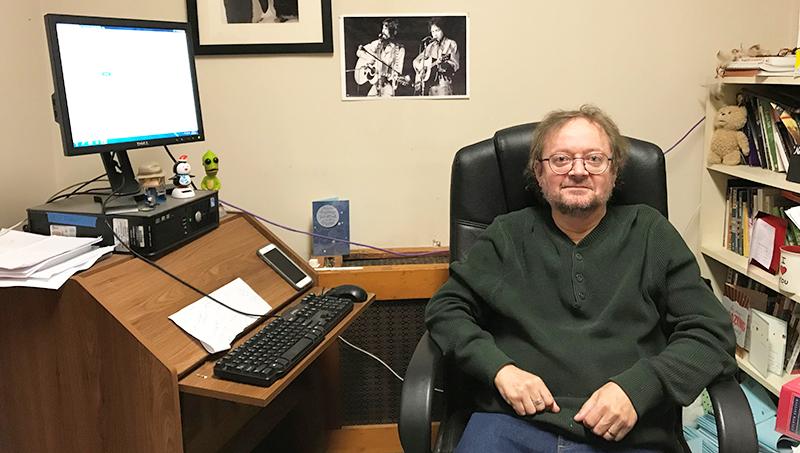It is a nice thing to believe that the media was created for the sole purpose of reporting salient issues within communities, whistleblowing undercover evils, highlighting accurate and unbiased stories and other similar factors following that optimistic theme.
Unfortunately for us, that does not always seem to be the case. While the media can prove to be helpful at times, it also has its fair share of negative influence–specifically when covering poverty. For example, the particular framings and rhetoric used when covering poverty have led poor people to be seen in a certain light and ultimately aided in their overall “othering.”
The media continues to do harm through intentional and unintentional othering. Put simply—as explained by Danny Balfour, Guy Adams and Ashley Nickels in their book “Unmasking Administrative Evil”—to other someone or an entire group of people is to use them as a scapegoat, see them as something lesser or conceptualize them as unequivocally different in an irreparable way. This can be displayed perfectly by the American “bootstraps” mentality, with people often blaming the homeless and poor for their situations and attributing their misfortune to a testament to their hard work or lack thereof. By sensationalizing poverty and not dedicating attention to the real root of the issue, poor people continue to be othered and looked down upon, and society continues to thwart the potential for change and reform.
Any writer or logophile can tell you just how much meaning words can carry. As an example, while “depressed,” “dejected” and “down” are all synonymous with the much more customary “sad,” they each have a more specific, more saturated meaning attached to them. It might seem meticulous to be so attentive to words, but it is similar to choosing paints for a house. While red and pink are technically the same color, they are not interchangeable as they are their own unique shades.
This same idea can be extended to writing and the word palette chosen to discuss certain topics. Many journalists and media sources tend to speak about poverty and the poor in similar ways; this is to say, poor people are framed in a harmful way that is not an accurate overall representation of their situation. Common vocabulary banks often include syntax that blame the individual for their situation and the actions that they must do to survive rather than blaming the underfunded and nonexistent systems that have failed them. For example, the media often covers stories about people stealing food or supplies from grocery stores without ever giving context to the situation. It is true that stealing is seen as a generally bad thing to do; however, people can and do steal for survival. Alternatively, coverage of poverty can also fail to treat the poor as people; rather, they are framed as sad, teary-eyed shelter animals that need you to save them, yet again giving blame and guilt to the individual rather than the system.
To look deeper, the research article “Talking About Poverty,” published by Appalachian State University, goes into detail about the way that poverty is covered in the media. It states that news coverage of poverty and the actual rate of poverty is so skewed because they are not correlated. Additionally, the article says that “social responsibilities are largely ignored, while individual causes and solutions are repeatedly emphasized.” This leads me to a specific point that was made in the article that I would like to bring attention to; that is, the misconstrued association of poverty with promiscuous or “impure” sexual behavior, laziness and lack of education. By discussing poverty in addendum with these topics—and phrases that are associated with these topics—it continues to perpetuate the idea that poverty is caused by the individual rather than being an intentional structural cancer. In turn, this makes it difficult for the rest of a population to view high poverty rates as something systemic rather than a series of bad decision making and a lapse in individual character, essentially othering poor people.






